This is a free fortnightly newsletter about the New Zealand Net.
If you would like to be notified by email when a new edition is published, please subscribe here.
Browse our Newsletter Archive and List of Net Tips.
Featured key
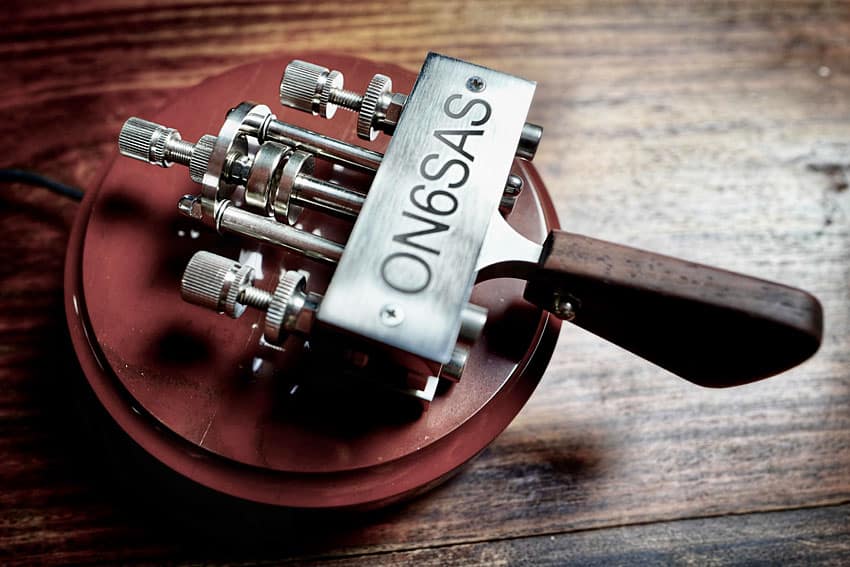
By Filip PA9O / ON6SAS
After many years and keys/paddles, I found that a single-lever paddle is so obvious to use and easy to learn for smooth control.
My RA1AOM single-lever paddle has a magnetic return, which makes the operation even smoother.
It is not only a pleasure to work with but also a joy to look and feel, beautifully handcrafted on a solid deep-red round jasper stone (marble).
Red jasper is known as the supreme nurturer, giving support through times of stress and bringing tranquility and wholeness. Jasper provides protection and absorbs negative energy. It balances yin and yang.
Use the Morse, make CW great again.
* If you have an interesting key for this feature, please send a nice clear photo and a few words describing it.
Quick notes
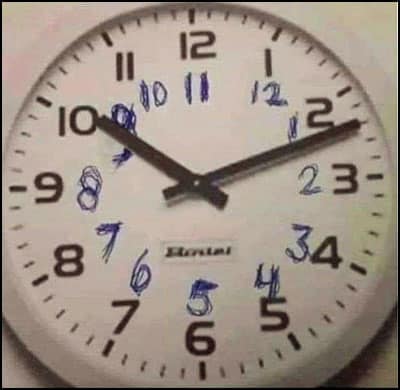
New Zealand clocks go back one hour when we say good-bye to Daylight Saving Time at 2am on Sunday 6 April. The NZ Net remains at 2100 hours local time year-round, but that will be 0900 UTC starting with the Sunday evening net session. (See photo for an easy way to change your clock to standard time!)
Also on that date, the net will return to 3535.0 kHz for the southern winter. Now’s a good time to make sure your 80-metre aerial is in good shape.
The ZL Sprints have been renamed the ZL2GVA Memorial Sprints for April, in honour of Gerard van Antwerpen (SK) who was a regular participant in the sprints as well as being an NZ Net controller. The event runs every Tuesday evening in April, starting on Tuesday 1 April at 0700Z (8pm NZDT). Although Daylight Saving Time ends on 6 April, the starting time will remain 8pm NZT (0800Z) for the remaining four rounds. The format is 30 minutes of CW followed by 30 minutes of SSB and then 30 minutes of FT4, all on 80 metres. Each mode is counted separately.
The Classic Exchange CW contest is next Monday and Wednesday (NZ time). This casual contest, which is based in the USA, may interest homebrewers and boat-anchor operators.
Photo flashback
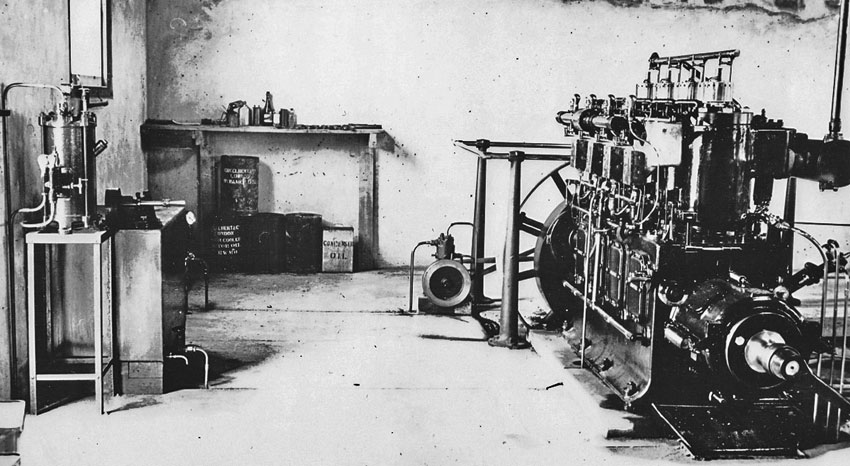
The Gardner engine for the 30kW spark gap transmitter at Awanui Radio (near Kaitaia) which operated 1913-1930
Upgrade opportunity for QMX+ transceiver owners
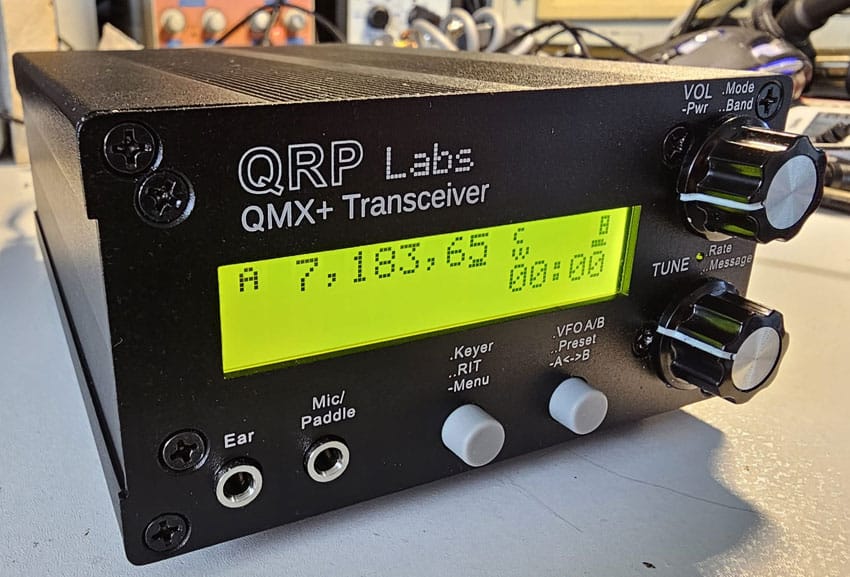
By Stephen ZL1ANY
The QRP Labs QMX+ is a versatile and innovative all-band QRP HF kit-set rig.
There is a project to add an internal ATU (based on the ATU-100 from N7DDC), lithium-ion battery (using 18650 cells), audio amp and speaker.
See: https://github.com/AC8L/QMX_Plus_Autotuner_Internal_Battery_Speaker
The initial project sold out in the US but two of us (ZL1REY and ZL1ANY) are interested in building up the project to add to the QMX+ kit to produce a fully self-contained portable QRP rig (which will have the added advantage that you built it so you can repair it if it ever goes wrong).
Getting the boards printed with PCB-based replacement end panels (having both options for external SMA connection or internal connection) is about NZ$467 for the Minimum Order Quantity of 5, or about $100 per set. Most of the cost is in the 6-layer ATU//Audio Amp board.
Added to this are the components which when ordered from Digikey are about NZ$77 and which you will need to source yourself. There is a Bill of Materials and a link to a Digikey order list on the Github page.
Two, and possibly three, of us are going ahead with this but if any other ZL or VK is interested in a comprehensive set of the boards and panels please contact me (pearce dot sg at gmail dot com) or Rey (rey dot sinbad at gmail dot com). We would be happy to pass them on at cost.
Espresso yourself with an NZ Net coffee mug
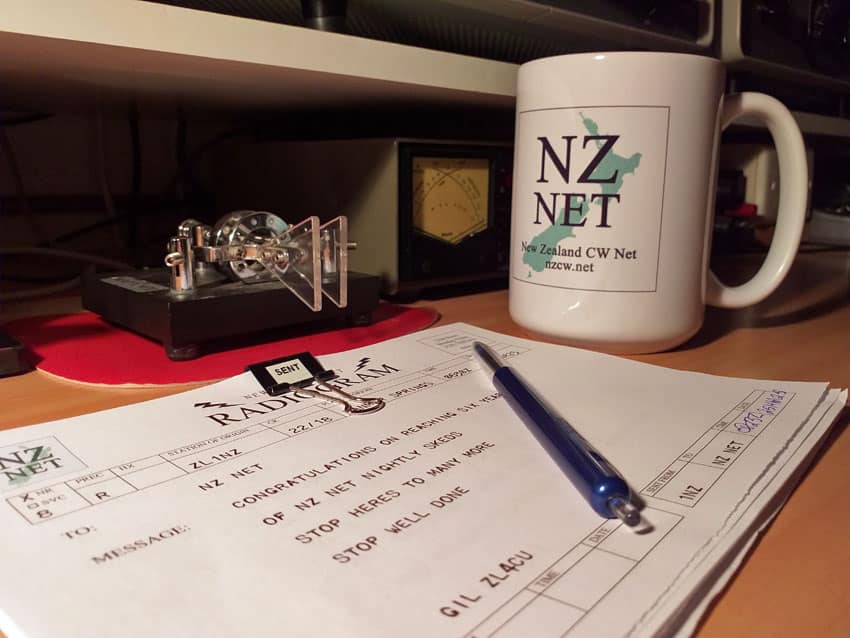
Our 6th anniversary NZ Net coffee mugs are starting to appear in the shacks of discerning (and thirsty) CW operators.
These generous-sized mugs will hold enough coffee, or whatever you prefer to drink, to last an entire session of the NZ Net. Even when there’s a load of traffic to clear.
Haven’t got yours yet? Contact Steve ZL2KE and let him know which style you’d like.
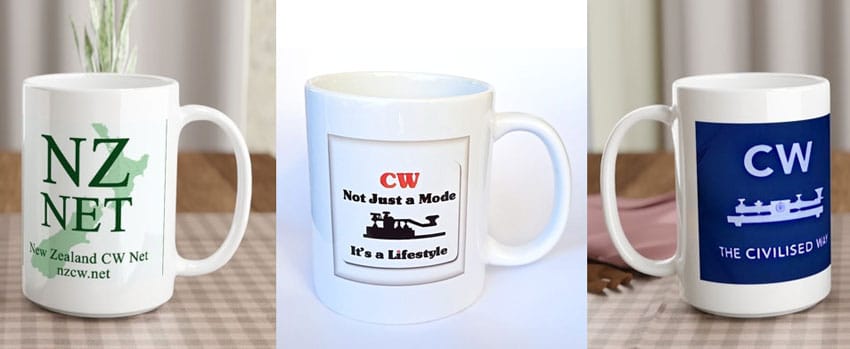
You have 4 design choices:
- NZ Net on both sides of the mug
- NZ Net on only one side
- NZ Net plus CW Not Just a Mode
- NZ Net plus CW The Civilised Way
Cost, including delivery, is $24-26, depending on which discount applies at the time of order. A coffee cup, smaller than the mug, is about $3 less. Steve is organising the mugs, but only passing along the actual cost.
You will be sent confirmation and updates of the order. Shipping takes 3-5 working days.
Be sure to include your postal address and choice of design. Steve can only complete orders for New Zealand and Australia; if you live in another country he will assist you to place an order yourself.
Kiwi radio operator part of history-making flight
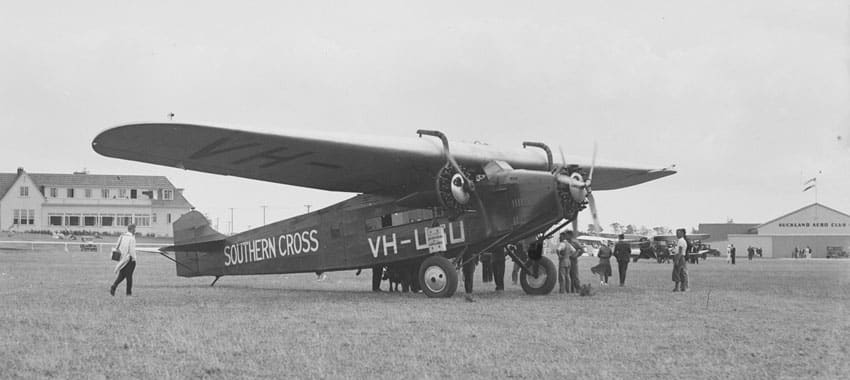
By Graeme ZL2TE
In aviation history, Morse Code played a pivotal role in bridging vast distances and ensuring the safety of pioneering flights. A notable example is Sir Charles Kingsford Smith’s groundbreaking trans-Tasman flight in 1928, where Morse was instrumental in the mission’s success.
On 10 September 10 1928, Kingsford Smith and his crew departed from Richmond, near Sydney, in a monoplane named Southern Cross. Their destination was Christchurch, New Zealand, a journey of approximately 2670 kilometres across the unpredictable Tasman Sea. This first successful trans-Tasman flight was completed in 14 hours and 25 minutes.
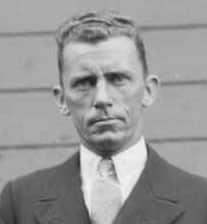 The crew comprised:
The crew comprised:
- Pilot: Charles Kingsford Smith
- Co-Pilot: Charles Ulm
- Navigator: Harold A Litchfield
- Wireless Operator: Thomas H McWilliams (pictured)
Southern Cross was a Fokker F.VIIb/3m monoplane, a robust aircraft renowned for its reliability. It featured a high-wing design and was powered by three Wright Whirlwind radial engines, each producing 220 horsepower, enabling a cruising speed of approximately 100 miles per hour (160 km/h). The aircraft’s range and payload capacity made it suitable for long-distance flights, such as the trans-Tasman journey.
Throughout the flight, radio operator McWilliams (an instructor at the Union Steam Ship Company’s radio school in Wellington) maintained communication using Morse. These transmissions provided real-time updates on the aircraft’s position and status, which were broadcast to the public, keeping them informed and engaged.
But it wasn’t all smooth flying, as McWilliams recalled later:
“Several hours went by and everything went well and we buzzed along splendidly until about 11pm, when a long way ahead we could see flickering lightning which appeared to spread over a wide area – much too wide to fly around.
“Black clouds closed around us, riddled with vivid lightning from top to bottom.
“Smithy passed a note back to me to reel in our trailing wireless aerials, however before I could do this, lightning had put our radio out of action.
“We were now getting terrific bumps with some sickening drops, hundreds of feet at a time. Heavy rain beat at us from all angles, and this soon changed to driving ice.
“The fear was ever-present that the lightning might set fire to our petrol. Smithy admitted afterwards that he felt the extreme of human fear and that he felt a desire to pull her round, dive, climb – do anything to escape – but there was no escape and panic was very near.
“A little later, it appeared that the storm was abating, it was now about 3am.
“By the time the sun came up we were able to transmit messages again after hours of radio silence.”
» 1958 documentary by the NZ Broadcasting Service
The success of this flight was a testament to the crew’s skill and the importance of reliable communication systems in ensuring the safety and success of such pioneering endeavors.
Back in the 1990s, a piece of history came back to life when a replica of Southern Cross flew into New Plymouth. When the replica, painstakingly built to match the original Fokker, touched down in New Plymouth, it was like stepping back in time. Crowds gathered to see the plane up close, imagining what it must have been like for “Smithy” and his crew crossing the Tasman with nothing but courage, skill, and a trusty Morse key to guide them.
One of the people who came to watch its arrival was Dan Wilkinson ZL2AB, who had been one of the original CW operators in contact with Southern Cross and I was able to chat with him about this experience as he sat in the car beside the aircraft and felt a little piece of the history.
Keys for sale
Herman VK2IXV has the following keys for sale. Contact him to discuss prices.
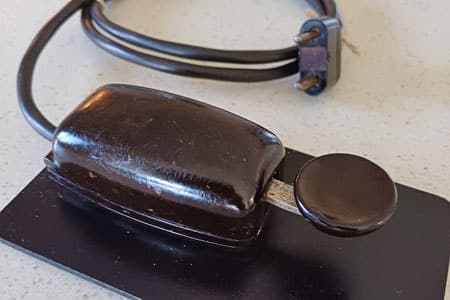 Maus (“mouse”) key – Germany
Maus (“mouse”) key – Germany
Very small Luftwaffe (Air Force) training key from World War 2
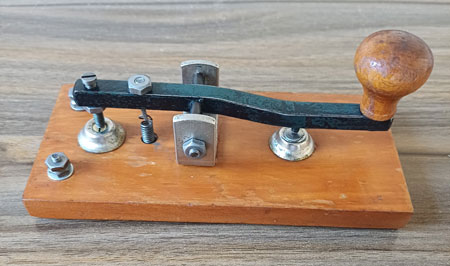 Akrad key – NZ
Akrad key – NZ
World War 2 practice key made by Akrad in Waihi
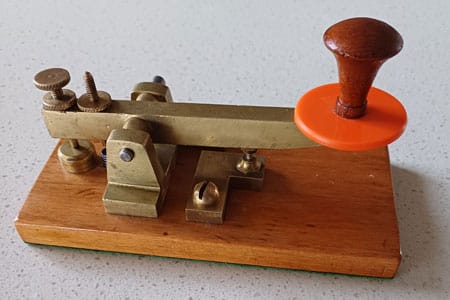 Supreme key – NZ
Supreme key – NZ
Very popular first version of this iconic NZ key, sold by Tricity House in Christchurch
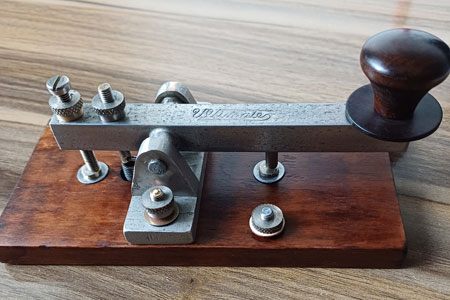 Ultimate key – NZ
Ultimate key – NZ
Made by Radio (1936) Ltd in Auckland and sold in the 1940s
Information on the three New Zealand keys can be found in the NZ Morse Key Directory.
Net tip: QNF
We continue our look at Q signals with one that you will hear in every session of the NZ Net: QNF.
It means: “The net is free”.
It’s the opposite of QND (“The net is directed”).
Recall that QND is used at the start of the net. QNF, on the other hand, is sent at the very end of the net.
So, when Net Control sends QNF they’re basically saying “I am no longer directing this net, so you guys can do whatever you like.”
Often stations will stick around on the net frequency and have a chat – but they do so without any direction from NCS.
The A-Z of Q Signals
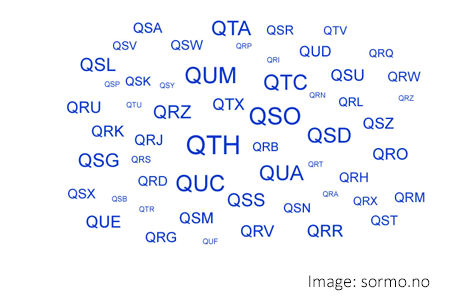
A well-run CW net is a lovely thing to experience. Communication between stations is quick and concise, and the net business is conducted with minimal time wasted.
As CW operators, we have many techniques to communicate quickly and efficiently. And if we know and use these techniques, we can often match or exceed the speed and accuracy of voice communication.
One of our most important tools is the set of Q Signals (or Q Codes), and in this series we look at the “essential” ones, in alphabetical order.
Advertising archive
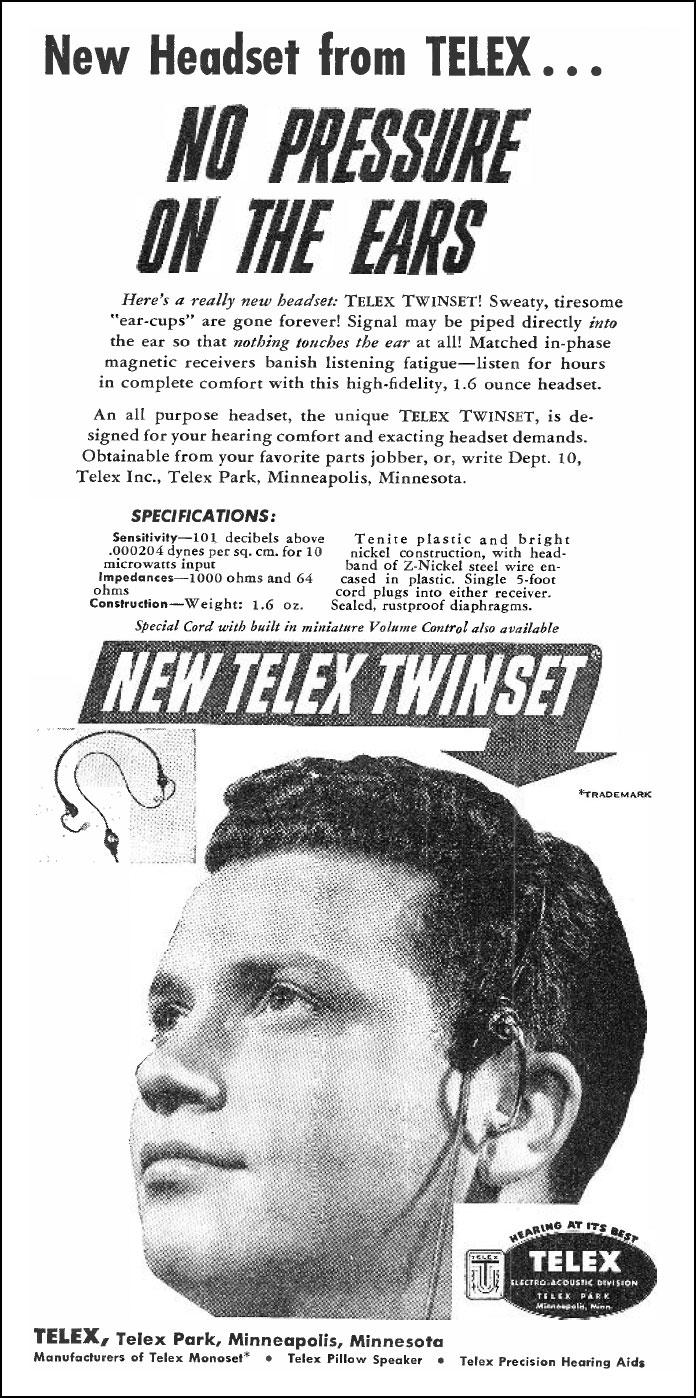
Radio News, March 1949
Suggestions?
If you have suggestions on how to make the NZ Net better, or things you’d like to see covered in these updates, please contact ZL1NZ. You might even like to write something for the newsletter.
Thanks for reading, and I hope to hear you soon on the NZ Net!
—
Neil Sanderson ZL1NZ, Net Manager
New Zealand Net (NZ NET)


